What is a Motion Controller?
A motion controller is a device that controls the motion of a motor or other actuator. It typically consists of a microprocessor, memory, and input/output (I/O) ports. The microprocessor executes instructions that control the motor's speed, position, and acceleration. The memory stores the instructions and other data that the microprocessor needs to operate. The I/O ports allow the motion controller to communicate with other devices, such as a computer or a human operator.
Types of Motion Controllers
There are many different types of motion controllers available, each with its own set of features and capabilities. Some of the most common types of motion controllers include:
Open-loop controllers are the simplest type of motion controller. They do not have any feedback from the motor, so they can only control the motor's speed.
Closed-loop controllers have feedback from the motor, which allows them to control the motor's position and acceleration.
Stepper motor controllers are designed specifically for controlling stepper motors. They generate a series of pulses that move the motor in a step-by-step fashion.
Servo motor controllers are designed specifically for controlling servo motors. They generate a variable-width pulse that controls the motor's speed and position.
Applications of Motion Controllers
Motion controllers are used in a wide variety of applications, including:
Industrial automation
Medical devices
Robotics
Printing presses
Machine tools
Automotive manufacturing
Aerospace applications
How Does a Motion Controller Work?
A motion controller works by receiving instructions from a computer or other device and then sending signals to the motor or actuator. The instructions typically specify the motor's speed, position, and acceleration. The motion controller uses its microprocessor to execute the instructions and then sends signals to the motor or actuator to make it move.
The motion controller's components work together to control the motor or actuator. The microprocessor executes the instructions, the memory stores the instructions and other data, and the I/O ports allow the motion controller to communicate with other devices.
Motion Controller Components
The following are the main components of a motion controller:
Microprocessor The microprocessor is the brain of the motion controller. It executes the instructions that control the motor or actuator.
Memory The memory stores the instructions and other data that the microprocessor needs to operate.
I/O ports The I/O ports allow the motion controller to communicate with other devices, such as a computer or a human operator.
Motion Controller Programming
Motion controllers are programmed using a programming language that is specific to the controller. The programming language allows the user to specify the motor's speed, position, and acceleration.
Motion controller programming can be done using a variety of software tools. Some of the most popular tools include:
LabVIEW
Matlab
C++
Python
Motion Controller Communication
Motion controllers communicate with other devices using a variety of protocols. Some of the most common protocols include:
RS-232
RS-485
Ethernet
Modbus
Motion Controller Selection Guide
When selecting a motion controller, it is important to consider the following factors:
The type of motor or actuator that you will be controlling
The speed, position, and acceleration requirements of the motor or actuator
The programming language that you are familiar with
Product recommendation
TECHNICAL SOLUTION
MORE+You may also be interested in the following information
FREE CONSULTING SERVICE
Let’s help you to find the right solution for your project!


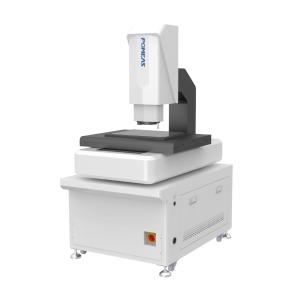
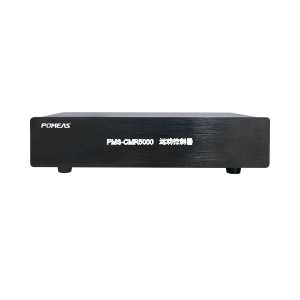
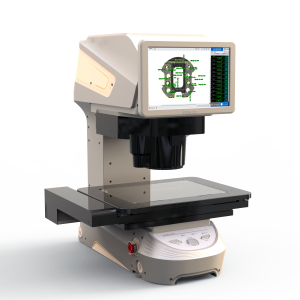
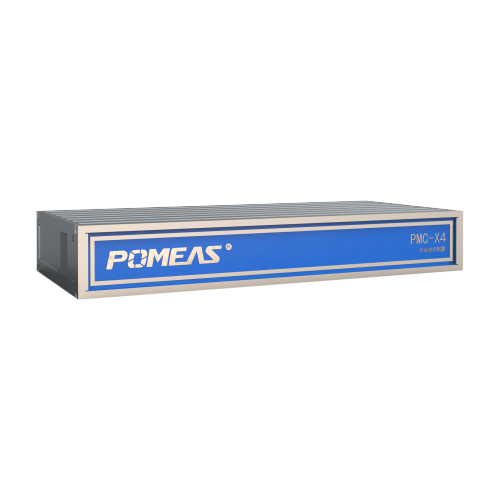
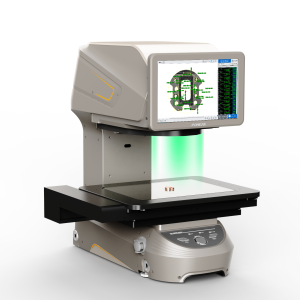
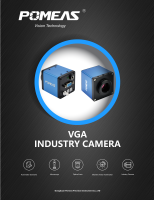

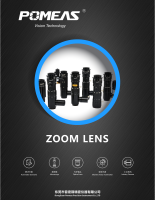
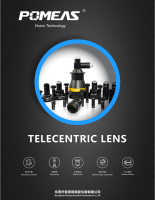
 ASK POMEAS
ASK POMEAS  PRICE INQUIRY
PRICE INQUIRY  REQUEST DEMO/TEST
REQUEST DEMO/TEST  FREE TRIAL UNIT
FREE TRIAL UNIT  ACCURATE SELECTION
ACCURATE SELECTION  ADDRESS
ADDRESS Tel:+ 86-0769-2266 0867
Tel:+ 86-0769-2266 0867 Fax:+ 86-0769-2266 0867
Fax:+ 86-0769-2266 0867 E-mail:marketing@pomeas.com
E-mail:marketing@pomeas.com
